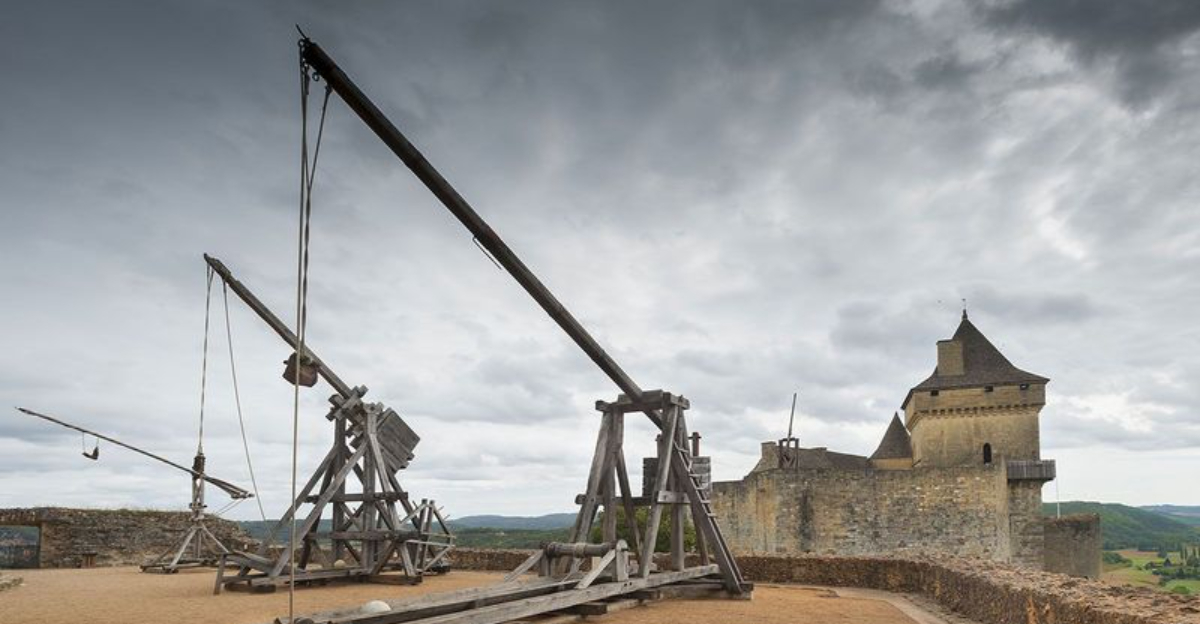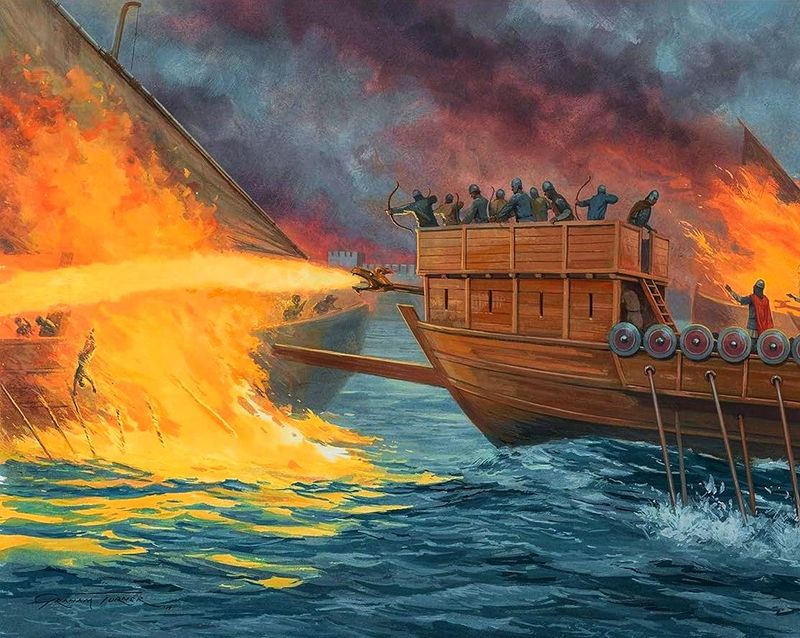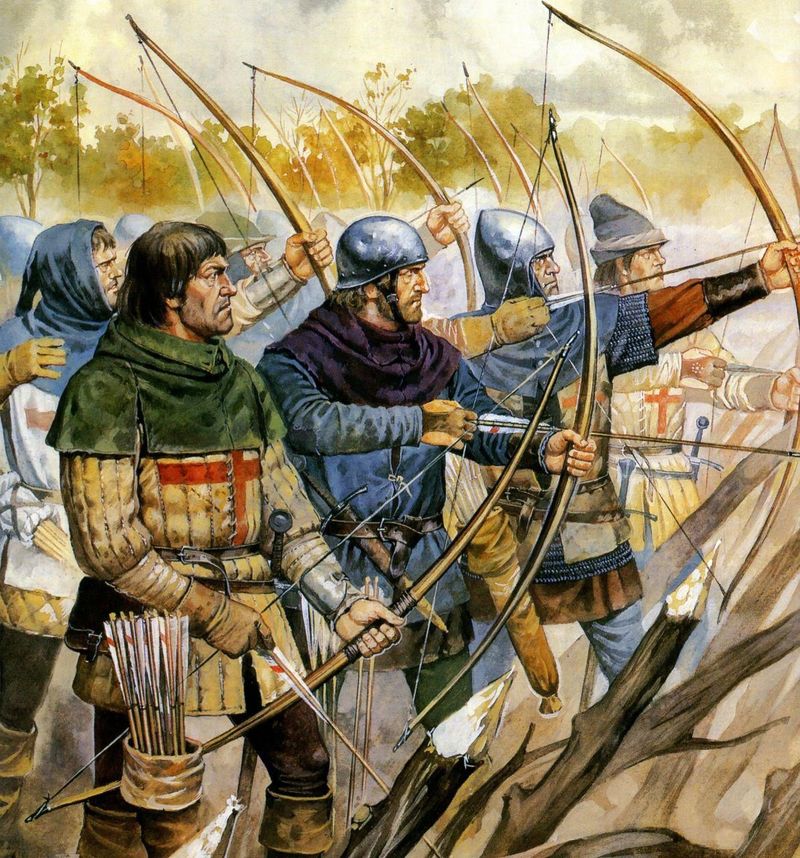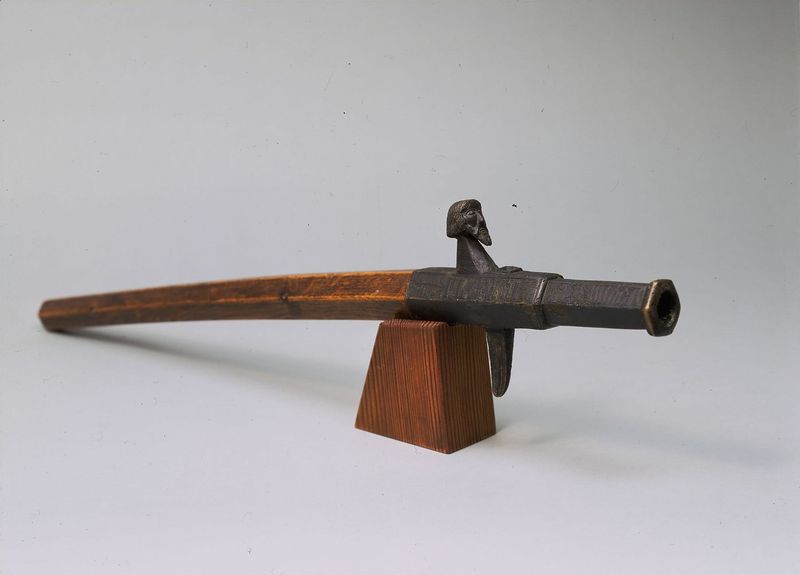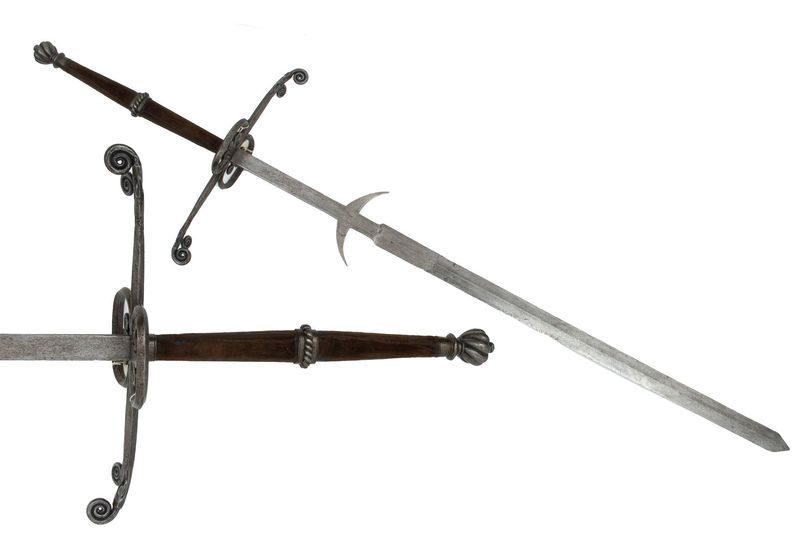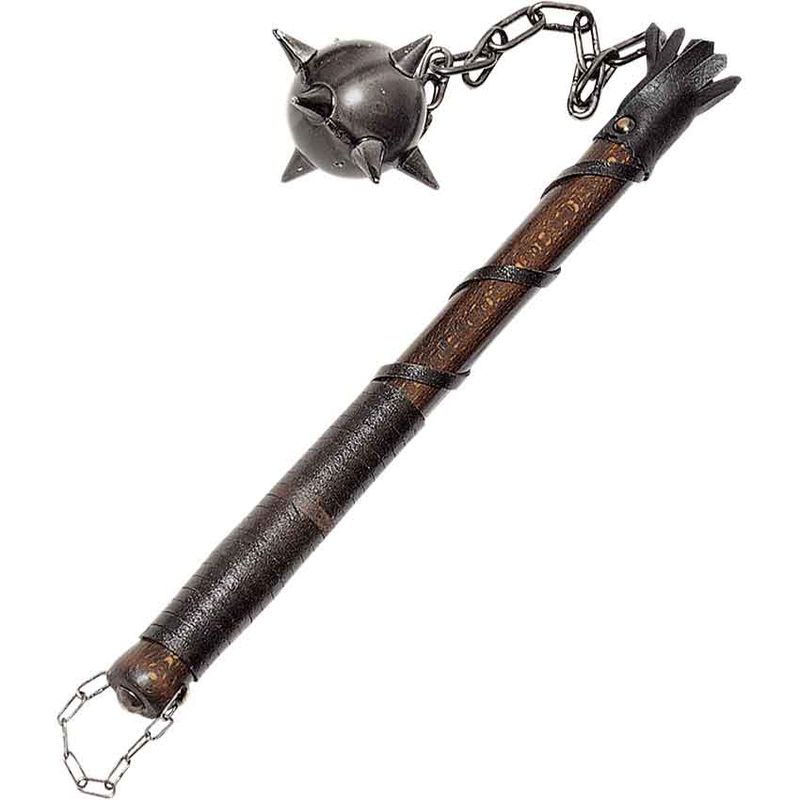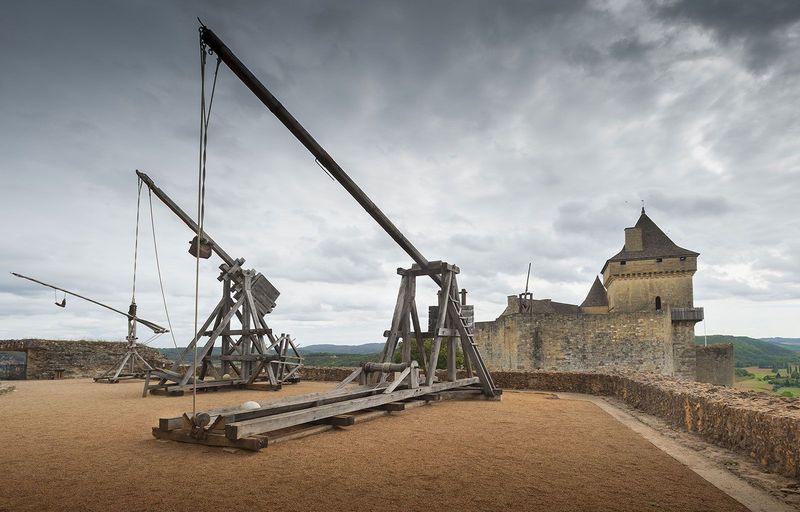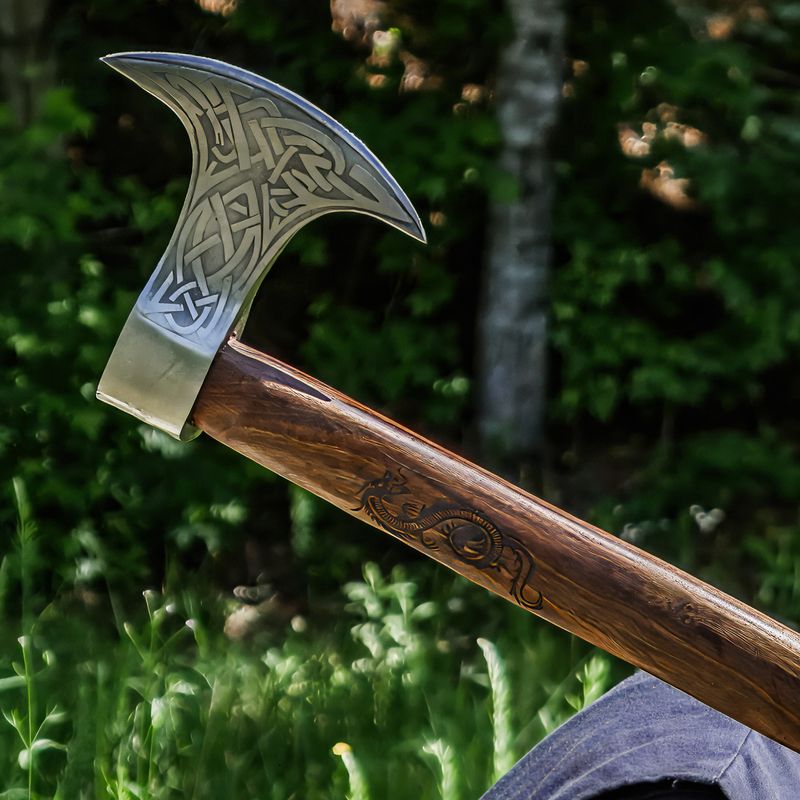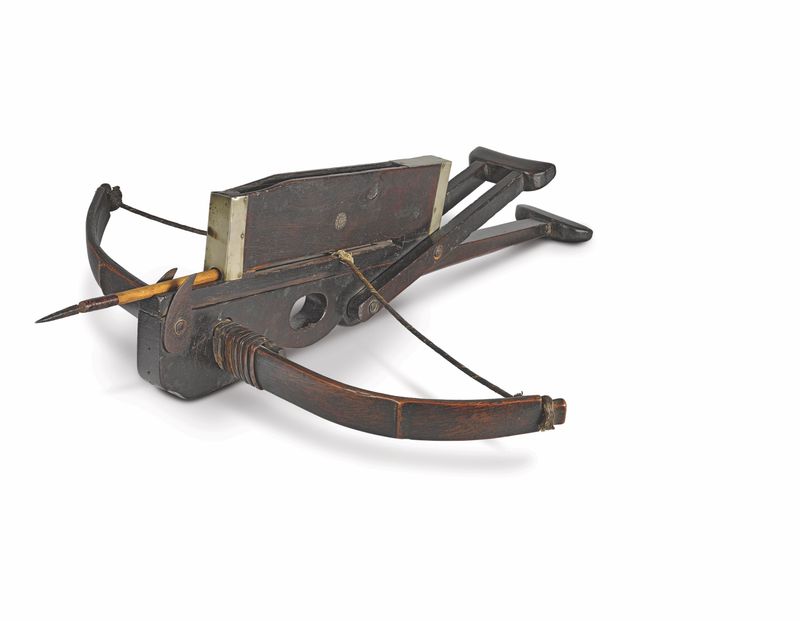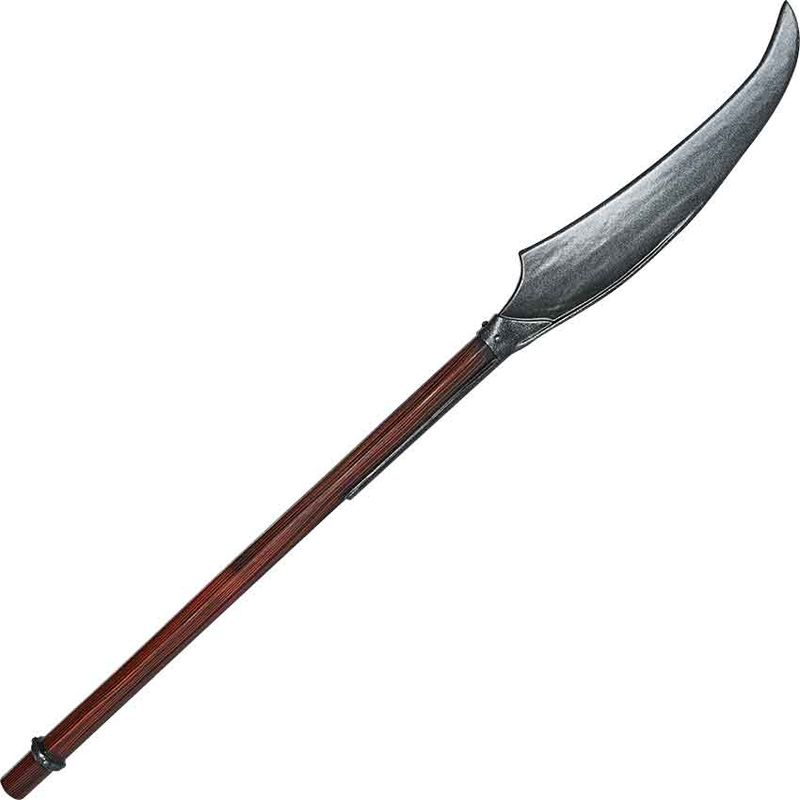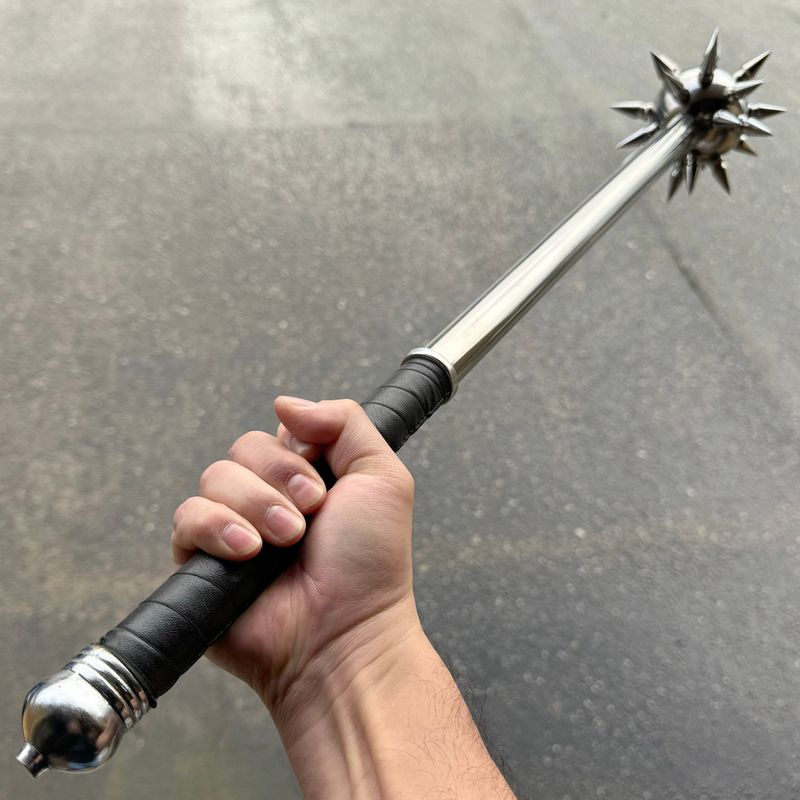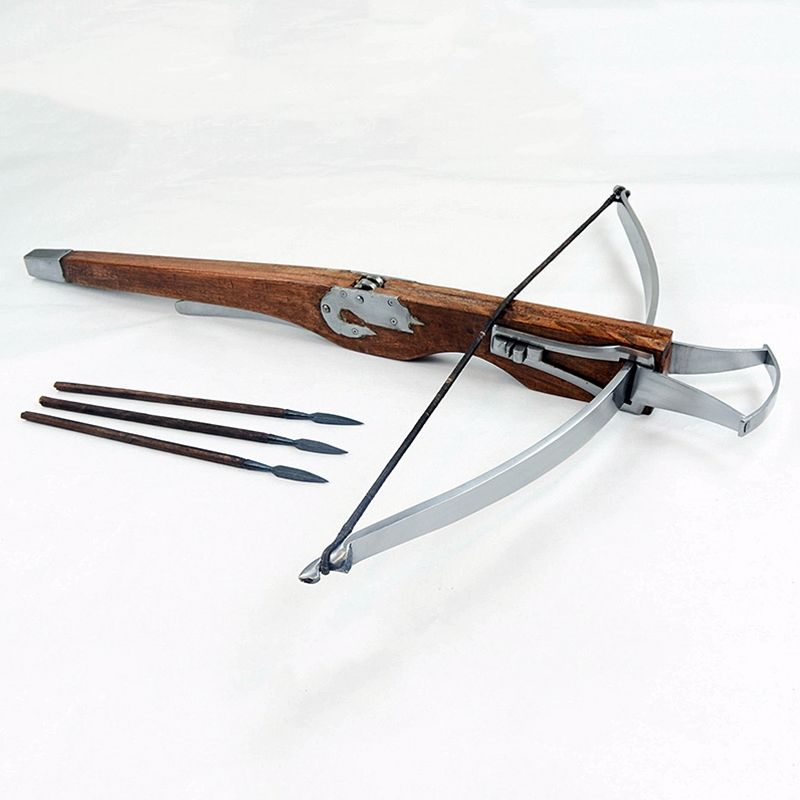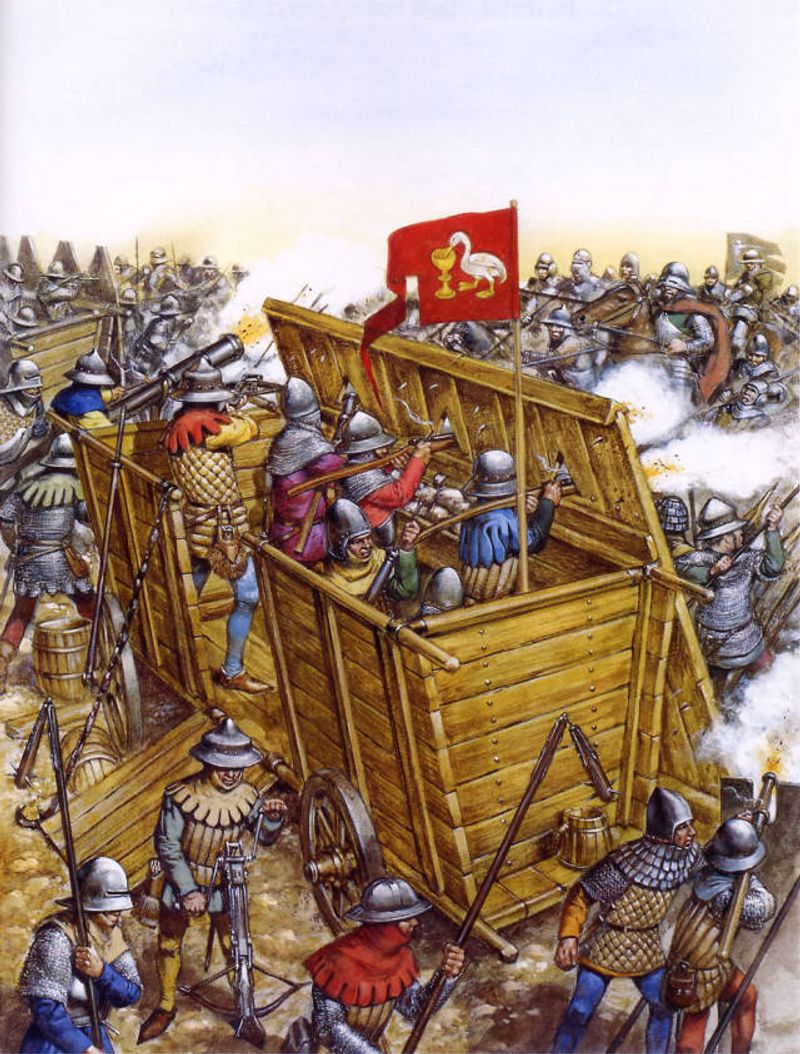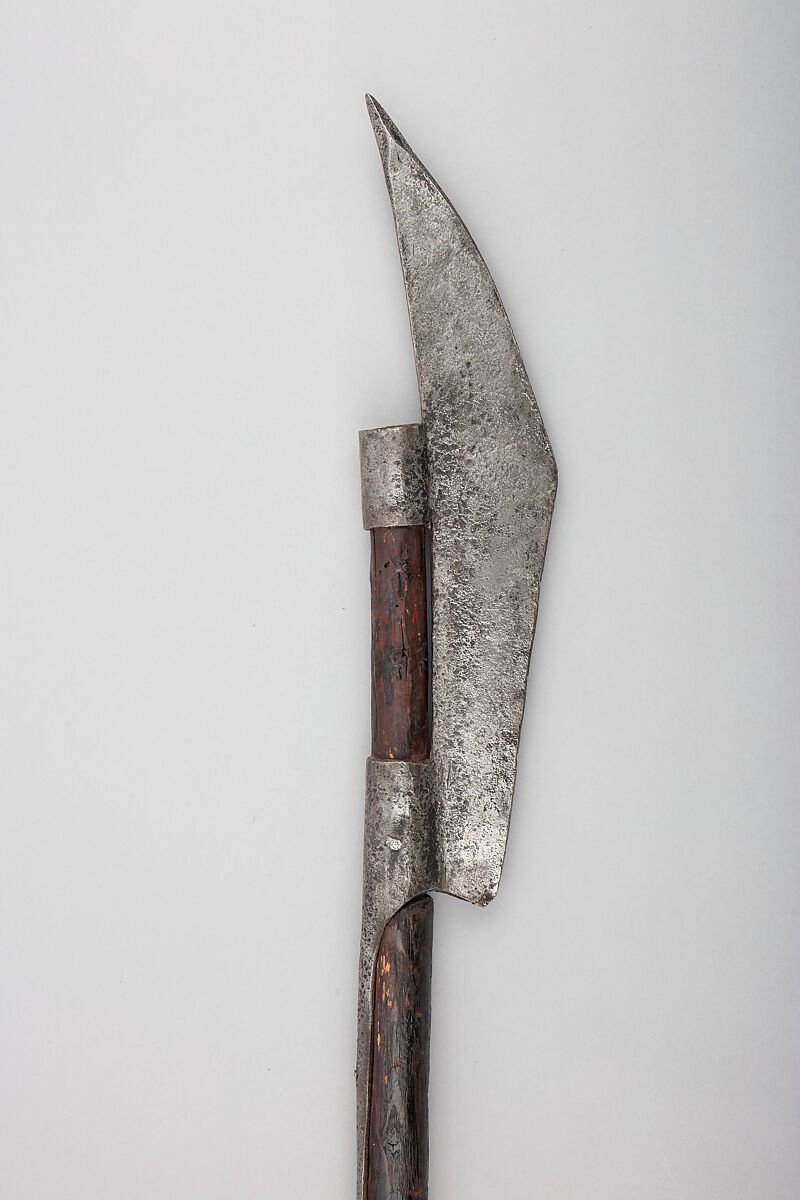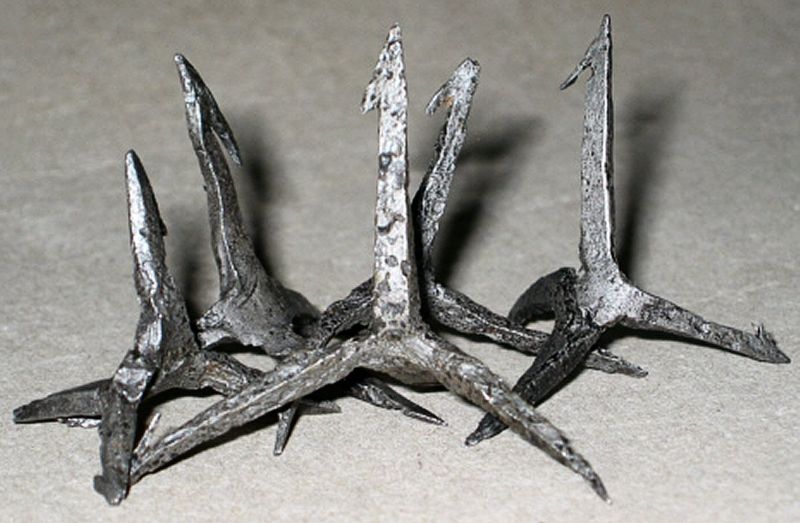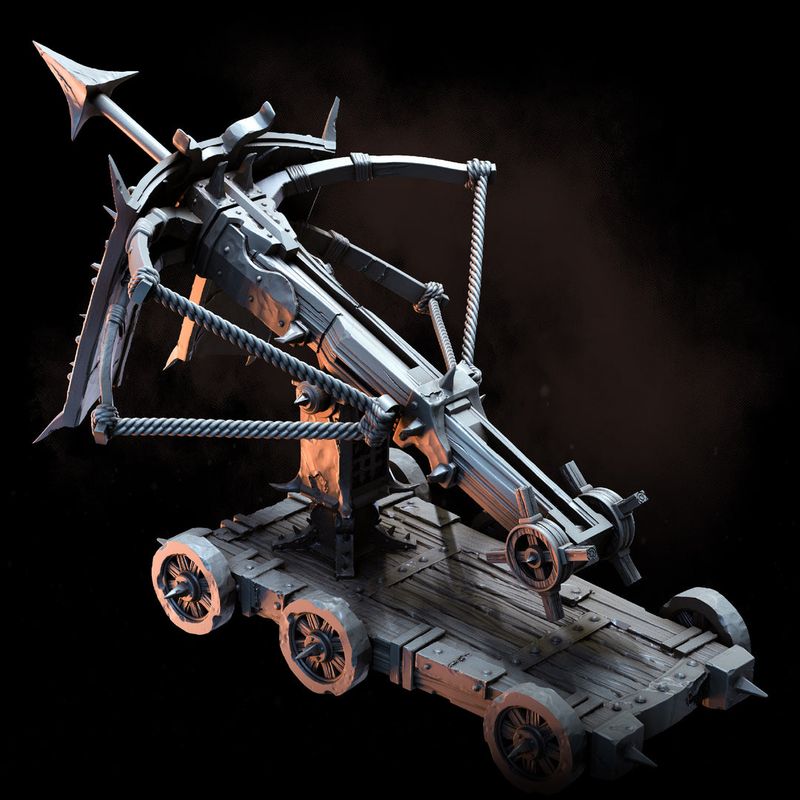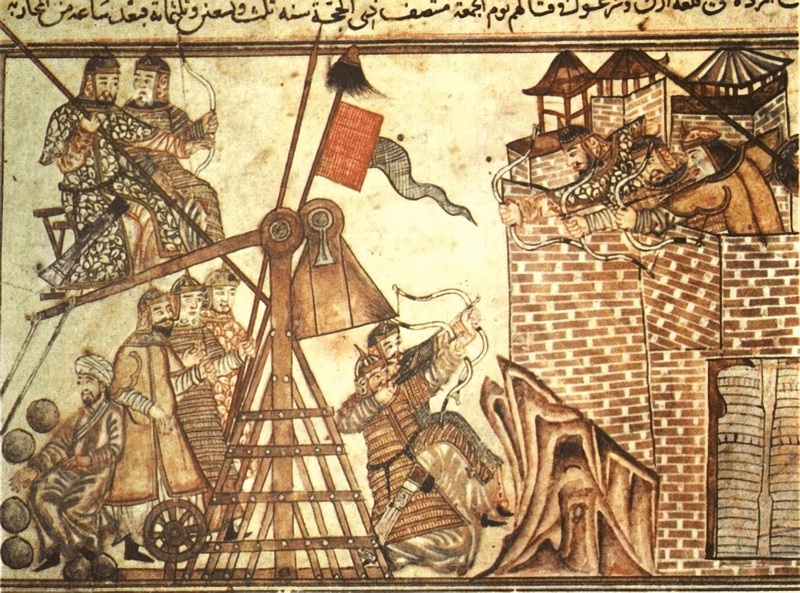The Middle Ages were a time of innovation and brutality, where weapons were designed not only to conquer but to terrify. These 16 weapons were formidable for their time, boasting features and capabilities that would not become commonplace again for centuries. From fiery liquids that defy water to crossbows that mimic modern firearms, explore these instruments of war that were centuries ahead of their time.
1. Greek Fire (7th Century – Byzantine Empire)
Greek Fire, a fearsome invention of the Byzantine Empire, was a liquid weapon that could burn even on water. It played a pivotal role in naval battles, instilling dread in enemies. Unique in its composition, Greek Fire remains a mystery, as its exact formula was a closely guarded secret. This incendiary weapon predated modern flamethrowers by over a thousand years, showcasing its advanced design. It was often used to protect Byzantium from naval invaders, cementing its place in history as a formidable tool of war.
2. The Longbow (12th–16th Century – England)
The English Longbow was a revolutionary weapon that changed the face of warfare in medieval Europe. With the ability to pierce armor at over 200 yards, it empowered skilled archers to dominate the battlefield. The Battle of Agincourt in 1415 is a testament to the longbow’s devastating effectiveness, where English archers decimated the French forces. This weapon required extensive training but rewarded its users with unmatched precision and power, making it an enduring symbol of English military prowess.
3. Hand Cannon (14th Century – China & Europe)
The Hand Cannon was a groundbreaking development in firearm technology, marking the transition from traditional weapons to gunpowder-based arms. Originating in China, it quickly spread to Europe in the 1300s. This weapon was the earliest form of a portable firearm, capable of shooting lead balls or bolts with remarkable force. Despite its primitive design, the hand cannon laid the foundation for all subsequent firearms, heralding a new era in warfare with its explosive power.
4. Zweihänder (15th–16th Century – Germany)
The Zweihänder, a colossal two-handed sword, was the weapon of choice for elite German mercenaries. Its sheer size and weight allowed it to break through pike formations and disrupt enemy lines. Wielding this sword required immense strength and skill, often involving specialized techniques like half-swording. Some versions even featured parrying hooks for grappling in close combat. As a symbol of martial prowess, the Zweihänder remains a testament to the skilled warriors of its time.
5. Flail (10th–15th Century – Europe)
The Flail, a formidable weapon of the Middle Ages, consisted of a spiked ball attached to a chain, allowing it to bypass shields and crush armor. It was one of the few pre-gunpowder weapons capable of defeating plate armor, making it a valuable tool in the arsenal of knights and foot soldiers. The flail’s unpredictable motion made it difficult to defend against, adding to its fearsome reputation. This weapon was a testament to the innovation of medieval warfare.
6. Trebuchet (12th Century – France & Middle East)
The Trebuchet was a siege engine of incredible power, capable of hurling 300-pound stones over 300 yards with deadly accuracy. Originating in France and the Middle East, it was used to smash through castle walls and fortifications with ease. More accurate and powerful than early cannons, the trebuchet was a strategic asset in medieval warfare. Its design reflected a sophisticated understanding of physics and engineering, marking it as a technological marvel of its time.
7. Dane Axe (9th–11th Century – Vikings)
The Dane Axe was a fearsome weapon favored by Viking warriors, known for its ability to cleave through helmets and shields. Measuring 4 to 5 feet in length, it was wielded by Viking shock troops who dominated European battlefields before the rise of armored knights. The axe’s design allowed for powerful swings and deadly precision. As a symbol of Viking strength and ferocity, the Dane Axe played a crucial role in their military conquests.
8. Repeating Crossbow (4th Century BC – China, Chu Ko Nu)
The Repeating Crossbow, or Chu Ko Nu, was an ancient Chinese innovation that functioned as a medieval machine gun. Capable of firing 10 bolts in 15 seconds, it provided a significant advantage in battle. Its use spanned over 1,500 years, even against 19th-century armies. The design allowed for rapid reload and firing, making it a versatile and formidable weapon. Its enduring presence in Chinese military history underscores its effectiveness and ingenuity.
9. War Scythe (Medieval Peasant Revolts)
The War Scythe, adapted from a farming tool, became a symbol of peasant rebellion during medieval uprisings. Modified into polearms, these scythes could effectively gut cavalry horses, turning the tide in battles against mounted opponents. Often wielded in mass formations, they proved to be a deadly and cost-effective weapon for the lower classes. The war scythe’s transformation from agricultural implement to battlefield menace highlights the resourcefulness of medieval peasants.
10. Morning Star (14th–16th Century – Europe)
The Morning Star was a spiked mace with a design that incorporated flail-like features, enhancing its reach and penetration. It was highly effective in crushing armor and bones, offering versatility beyond that of a standard mace. This weapon was favored by warriors seeking to maximize their impact on the battlefield. Its unique construction allowed for powerful strikes, making it a feared instrument of war in medieval Europe.
11. Crossbow with Steel Prods (12th Century – Europe)
The Crossbow with Steel Prods was a revolutionary advancement in crossbow technology. Capable of piercing plate armor at close range, it required less training than the longbow, making it accessible to a broader range of soldiers. Often referred to as the medieval “sniper rifle,” this weapon could be loaded and shot with relative ease compared to its longbow counterpart. Its precision and power made it a favored choice in sieges and open battlefields alike.
12. Hussite War Wagon (15th Century – Bohemia)
The Hussite War Wagon was a mobile wooden fortress on wheels, equipped with cannons and crossbowmen. Employed by the Hussites in the 15th century, it was used to devastating effect against traditional knightly forces. The war wagon functioned like a tank, providing both offensive and defensive capabilities on the battlefield. Its innovative design allowed for strategic mobility and firepower, marking it as a precursor to modern armored warfare.
13. Halberd (14th–16th Century – Switzerland)
The Halberd was a versatile weapon that combined an axe, hook, and spear, making it highly effective against cavalry. Swiss soldiers adopted it as a primary weapon, using it to pull riders off horses and engage in close combat. The halberd’s multifaceted design allowed for a range of combat techniques, enhancing its utility on the battlefield. Its effectiveness in anti-cavalry roles solidified its reputation as a premier weapon until the rise of pikes.
14. Caltrops (Ancient–Medieval – Global)
Caltrops were small, spiked metal traps used to impede the advance of horses and infantry. Scattered across battlefields, they served as an effective deterrent against cavalry charges. Their simple yet ingenious design ensured that one spike always faced upward, crippling advancing forces. These devices were used across various cultures and continue to find application in modern military and riot control scenarios, proving their enduring effectiveness.
15. Scorpion (Roman–Medieval – Ballista Variant)
The Scorpion, a ballista variant, was a siege weapon resembling a giant crossbow, capable of firing iron bolts with devastating precision. Used by Romans and medieval armies alike, it was known for its ability to impale multiple enemies. Its accuracy surpassed that of early cannons, making it a favored choice in protracted sieges. The scorpion’s design and effectiveness in breaching fortifications highlight its role as a cornerstone of ancient and medieval warfare.
16. Plague Corpses (Biological Warfare – 14th Century)
In a grim twist of warfare, plague-infected corpses were used as weapons during the 14th century, particularly by the Mongols. By catapulting these bodies into besieged cities, they spread the deadly Black Death, causing chaos and weakening defenses. This early form of biological warfare demonstrated a ruthless understanding of disease transmission. The psychological impact was immense, spreading fear and death far beyond the immediate battlefield, leaving a haunting legacy in military history.
